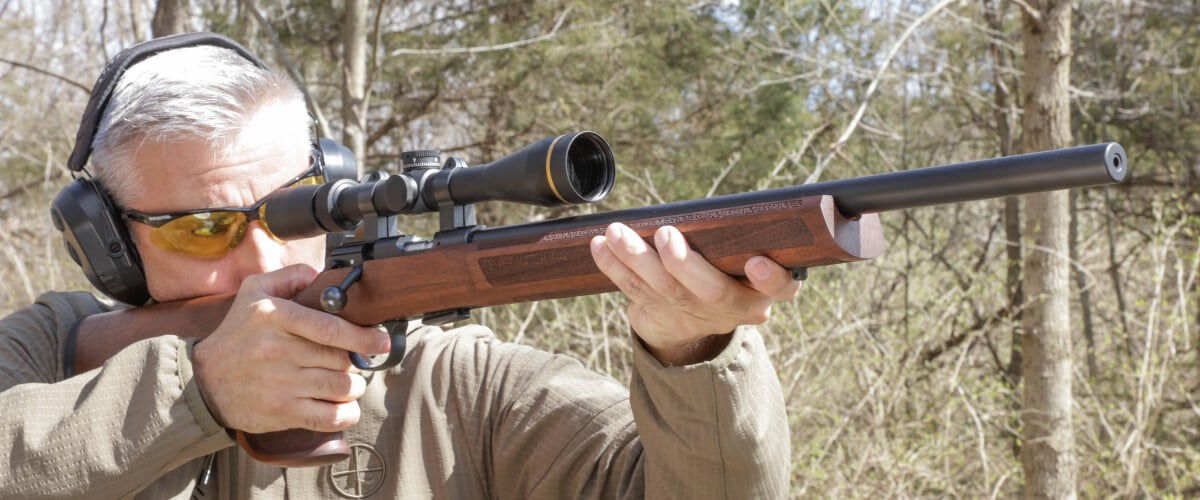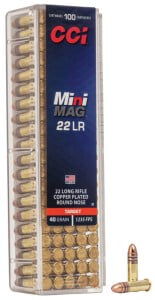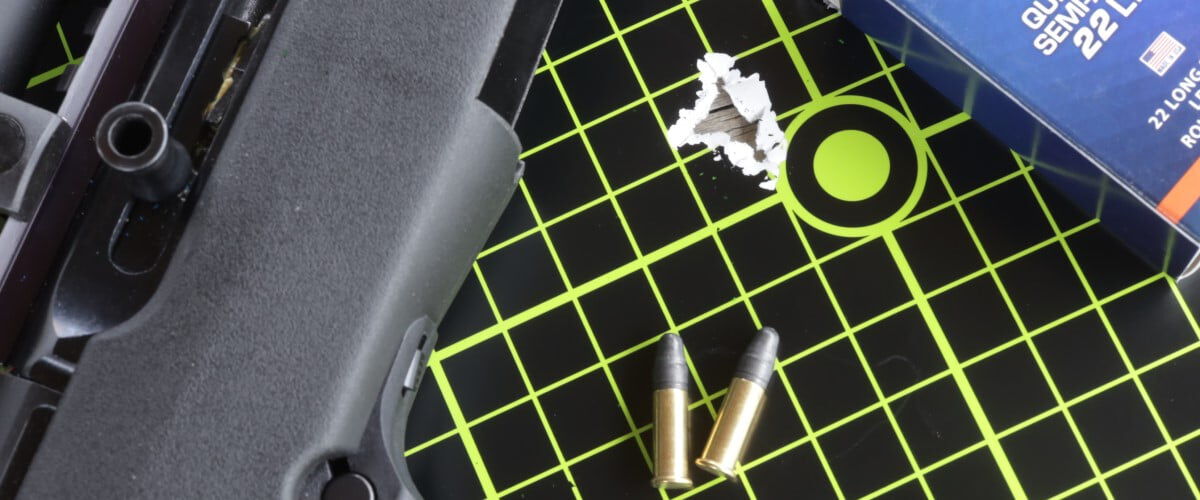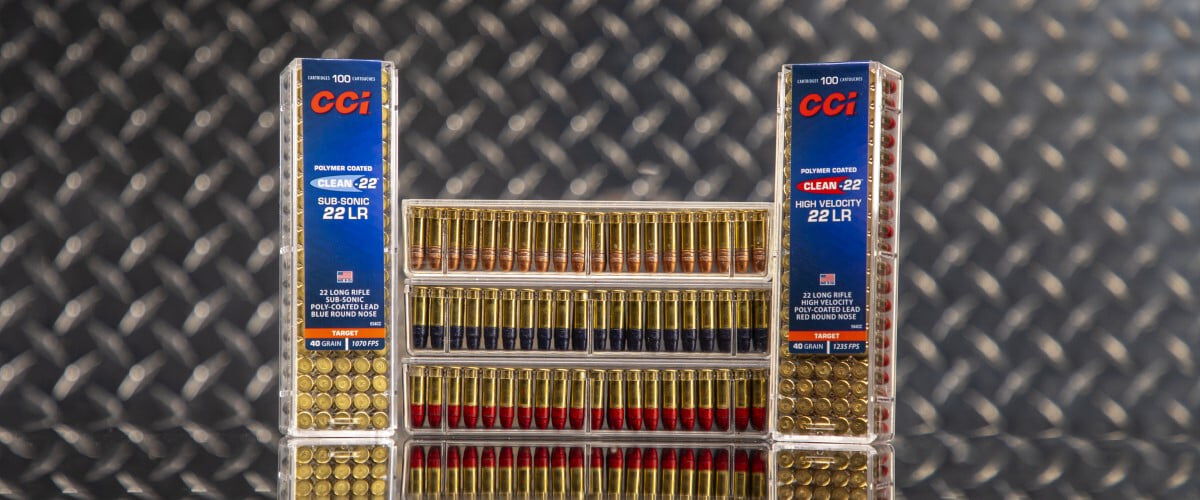
Shooting rimfire rifles is fun, but it can also be maddening, especially if you commit yourself to shooting good groups at extended ranges. What’s the secret? Well, there are three of them. Address each and you’ll likely see an immediate improvement in performance.
Control The Physical
Spend all you want on a rifle and ammunition, but you won’t ever be pleased with performance if you aren’t up to the task of accurate shooting. The single biggest issue I see with shooters is that they have poor form and lack stability in their shooting platform. For starters, evaluate your hold on the gun and identify instability and tension. Is your thumb resting properly on the grip or is it wrapped tightly? Are your non-shooting fingers imparting tension on the grip? Is the rifle as stable? Are you using multiple anchor points?
Another important aspect of physical control is comfort. Are you positioned with your body behind the gun and your head at a natural angle? If you’re reaching for the trigger, straining your neck, or placing too much weight on your firing arm elbow, you’ll cause tension and pain, and tension and pain lead to shaking. Build your shooting position as slowly as needed when you’re at the range and get comfortable.
Target Mini-Mag
The Mini-Mag was our original offering, and it’s still one of our most popular. The accurate 22 LR load minimizes fouling thanks to clean-burning powder and it feeds reliably with CCI priming and brass.
Buy Now
Everyone knows you should control your breathing when you’re behind the rifle, but don’t wait until you’re in position. As you’re building your position you should already focusing on the controlled breathing that will lead you into the shot.
Collect Lots Of Data
Have you ever seen the movie Moneyball? The concept of the film is that by decoding consistent patterns with statistics and numbers you can make better decisions related to management and operations of a professional baseball team. While improving your shooting may not be as noteworthy (or lucrative) as winning the pennant, you can still use data to improve performance. You just need to collect it.
The hard truth is that practicing a lot doesn’t necessarily make you a better shooter or baseball player or bowler unless you know how to practice. But gathering data and examining it can help you have a better idea about what’s happening each time you pull the trigger. I’m not talking about feeding a bunch of raw data into a supercomputer but rather collecting as much information as you can about bullet performance, personal performance, ballistics, ambient conditions, cleaning routines, duration between shots, and more. Serious rimfire shooters carry a notebook they fill with data. Most of it relates to standard deviations, velocities, wind drift and mirage, cold bore versus warm bore shooting, and so forth. I suggest you add in ambient conditions as well, keeping track of temperature and wind and, if you really want to get into the weeds, barometric pressure. I know one shooter that even logs what he eats and drinks as it relates to shooting performance, and he firmly believes that one cup of black coffee an hour before he shoots makes him perform better.

Will all these stats magically help you break some code like the treasure hunters in a Dan Brown novel? No. But any serious shooter will tell you that if you want to start truly improving shooting performance you need to have a better understanding of that voodoo that makes you shoot well one day and terribly the next.
Here’s the next secret: it’s probably not voodoo. You might find that you or your rifle perform differently on cold days versus warm ones. You’ll also accumulate a trove of valuable real-world data on drop, windage, and other puzzle pieces that prepare you for improved first shot accuracy. Maybe you just need another cup of coffee.
Buy Better Ammunition
With all firearms—and rimfires in particular—buying quality ammunition is critical if you want to glean the most accuracy from your gun. There’s some cheap, poor-performing rimfire ammunition available today. Sometimes the issue is misfires, generally a result of the priming compound not being distributed across the rim evenly, and while this can and does happen with lots of rimfire ammunition you’ll find the problem is more prevalent with certain types of ammunition. Standard deviation is a very important factor in rimfire performance. I’m not concerned about SD when I’m perforating wilting jack-o-lanterns in the back yard, but if you want to consistently win matches, punch tiny groups on paper, or make head shots on small game and pests, you’ll want ammo that has a small standard deviation.

Sure, you need a quality rifle and scope, and you’ll need to practice, but most shooters get that. However, you don’t have quality ammunition you’ll never achieve top performance from your fire. I’m a particular fan of CCI Green Tag, which is lot-selected for the best performance and accuracy. It shoots well in most all my guns, carries a low SD, and it ignites reliably. I can’t control the wind or the temperature, but I have my favorite load and I know that my data and experience tell me exactly how it will shoot. With all that at my disposal I can make accurate shots when needed.